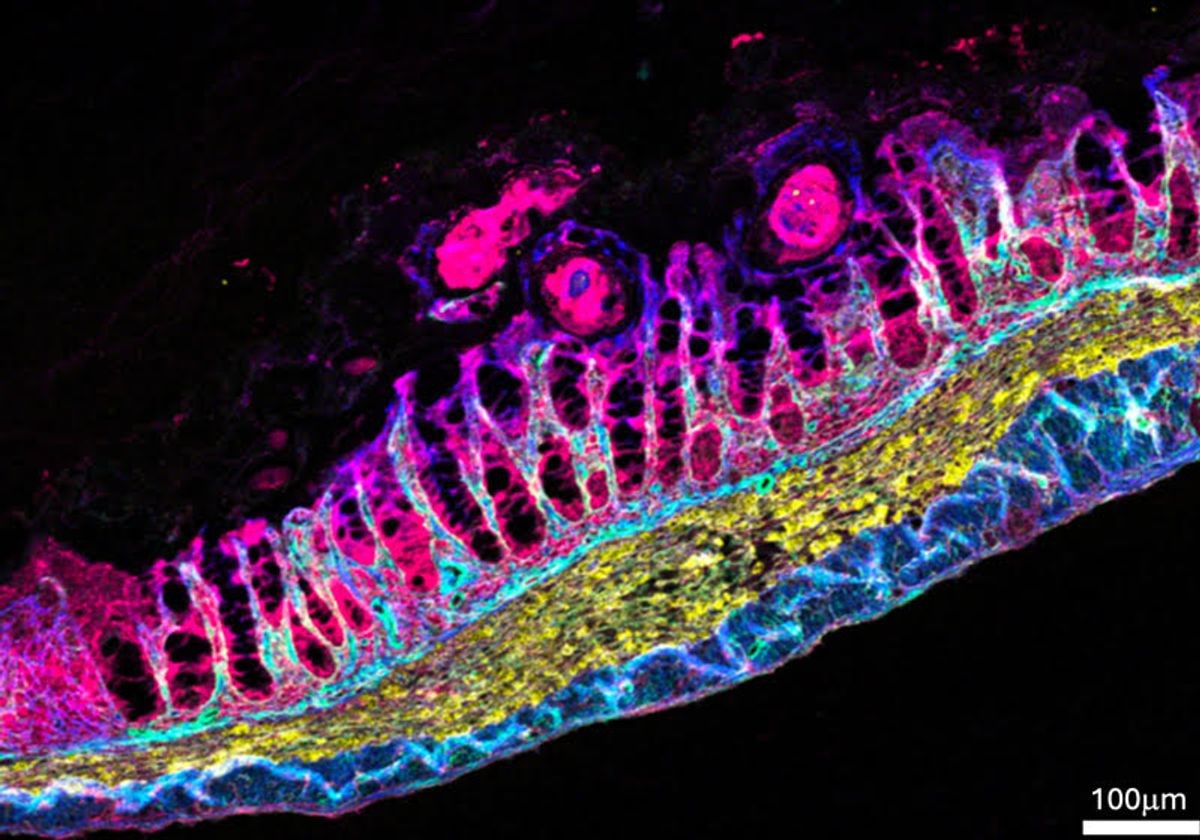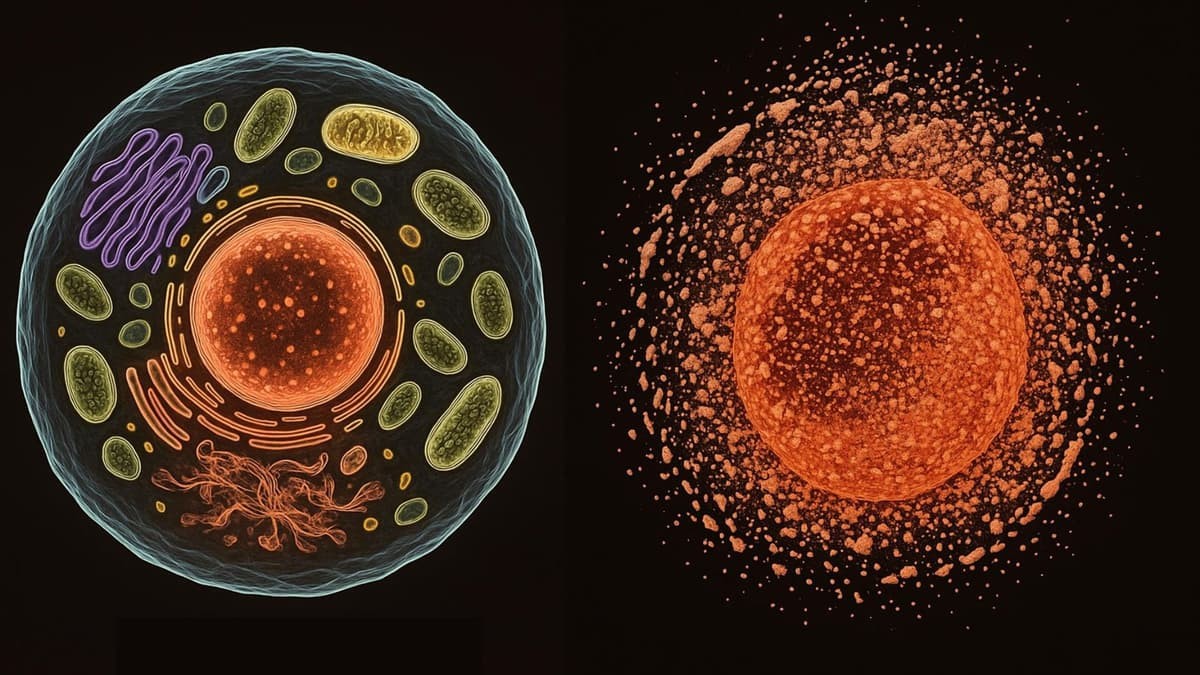Ancient DNA Reveals Long-Isolated Human Lineage in North Africa’s Green Sahara
A groundbreaking study has uncovered a distinct and long-isolated human lineage that lived in the Central Sahara over 7,000 years ago, during the African Humid Period—also known as the Green Sahara. This discovery challenges long-standing assumptions about population movement across the region.

Figure 1. 7,000-year-old natural mummy found at the Takarkori rock shelter.
Researchers analyzed the DNA of two naturally mummified individuals from the Takarkori rock shelter in southwestern Libya. Their genomes show no signs of sub-Saharan African ancestry, suggesting that the Sahara did not serve as a major migration corridor between North and sub-Saharan Africa during the humid phase [1]. Instead, the spread of herding and pastoral practices likely occurred through cultural exchange rather than mass population movements.
Notably, the genomes revealed significantly reduced levels of Neandertal DNA compared to non-African populations—further evidence of this group’s genetic isolation. While modern North Africans still retain traces of this ancient lineage, it no longer exists in its pure form. Figure 1 shows 7,000-year-old natural mummy found at the Takarkori rock shelter.
This ancient North African lineage appears to have diverged from sub-Saharan populations around the same time modern humans began leaving Africa, approximately 50,000 years ago. The Takarkori individuals also share close genetic ties with 15,000-year-old foragers from Taforalt Cave in Morocco, associated with the Iberomaurusian culture. Both groups are genetically distant from sub-Saharan Africans, indicating limited gene flow across the Sahara—even when the region was green and habitable.
The African Humid Period, which spanned from about 14,500 to 5,000 years ago, transformed the Sahara into a fertile savanna filled with lakes and rivers. These conditions supported human settlement and the rise of pastoralism before the region reverted to the arid desert known today. Due to the extreme climate, DNA preservation in the Sahara is rare, making this study especially significant.
“Our findings reveal a deeply rooted, genetically unique population in North Africa, largely isolated from other groups,” said Nada Salem, the study’s lead author [2]. “This isolation, paired with cultural rather than genetic transmission of pastoralism, reshapes our understanding of the Green Sahara’s role in human history.”
The study also provides rare insight into early Neandertal ancestry in Africa. The Takarkori individuals carry about ten times less Neandertal DNA than non-Africans but slightly more than sub-Saharan Africans, suggesting limited ancient gene flow from Eurasia.
“This research highlights the power of ancient DNA to illuminate human history in regions like Central North Africa,” said senior author David Caramelli. “By peering into the Sahara’s deep past, we gain valuable perspectives on human migration, adaptation, and cultural evolution,” added co-author Savino di Lernia.
References
- https://scitechdaily.com/secrets-of-the-green-sahara-ancient-dna-reveals-lost-north-african-lineage/
- https://medium.com/@adamjones84/ancient-human-dna-from-north-africa-reveals-hidden-history-of-the-sahara-dbeb5612147e
Cite this article:
Keerthana S (2025), Ancient DNA Reveals Long-Isolated Human Lineage in North Africa’s Green Sahara, AnaTechMaz, pp. 409.










